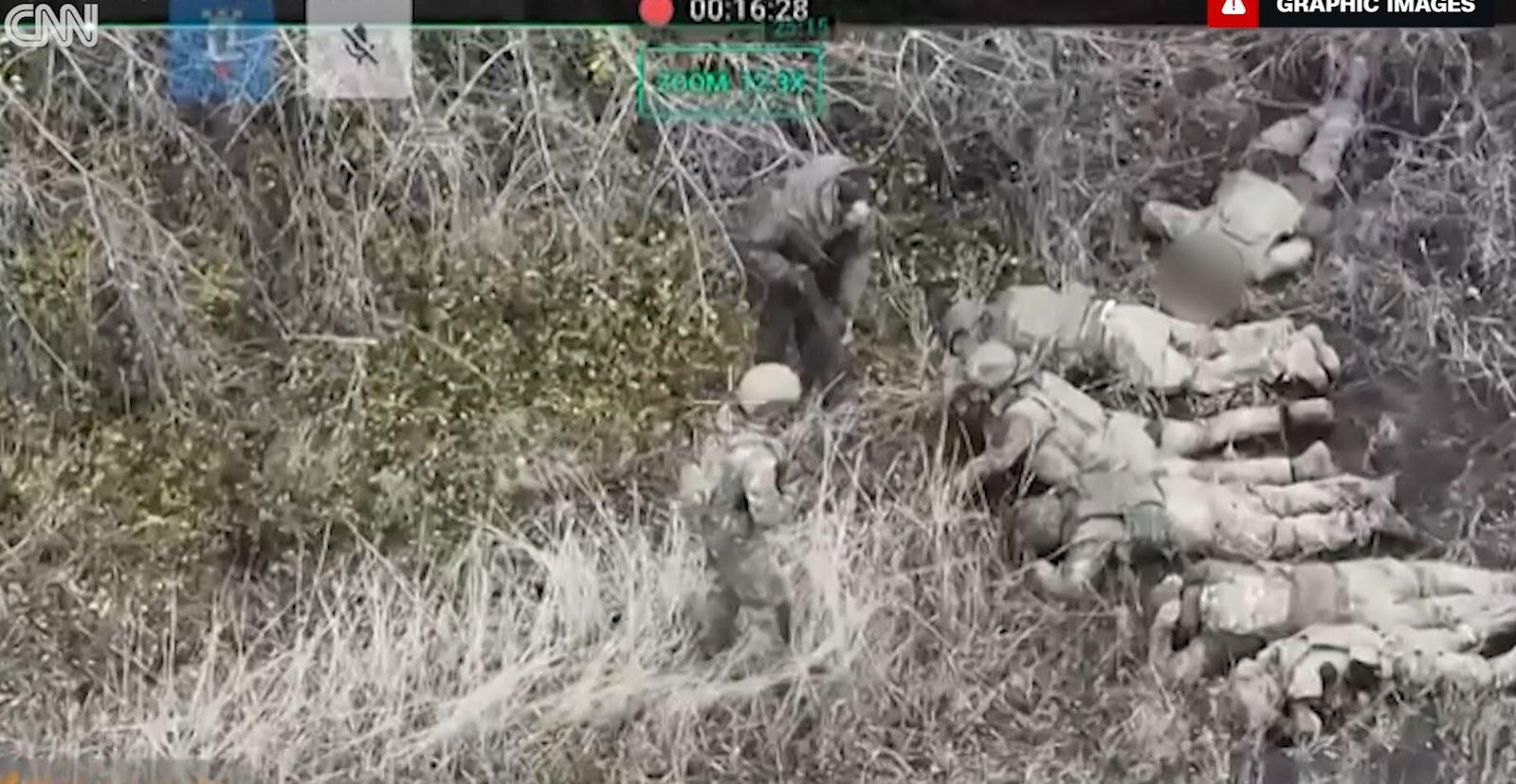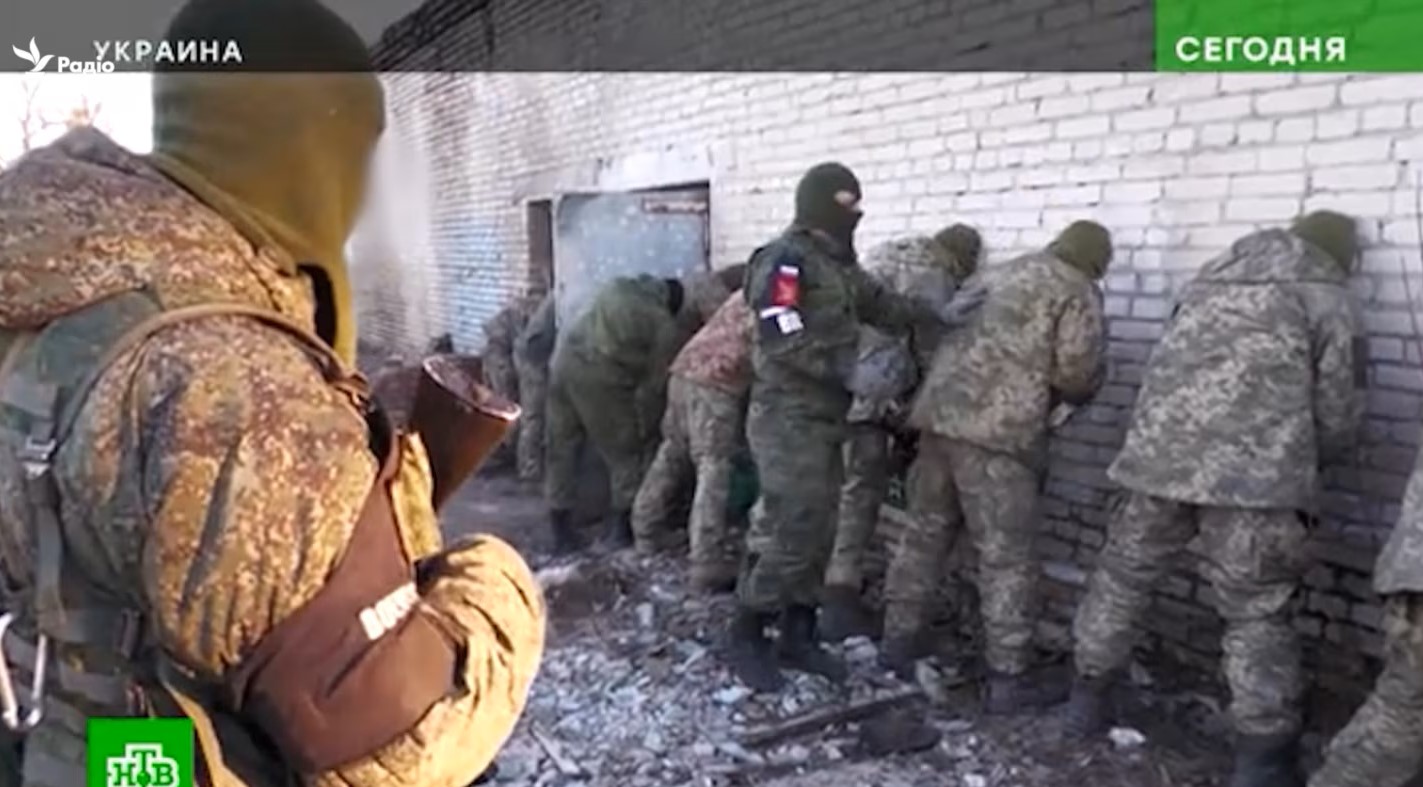Ukrainian prosecutors have documented 273 Ukrainian prisoners of war killed by Russian forces since the invasion began, but only two Russians face convictions for these systematic executions.
The Prosecutor General’s Office revealed these figures in response to a LIGA.net information request, exposing a massive accountability gap as Ukraine fights for survival while its captured soldiers face execution rather than protection under international law.
Russian executions surge while prosecutions stagnate
The numbers paint a stark picture. In the first six months of 2025 alone, prosecutors documented 22 separate killings involving 56 Ukrainian prisoners. Russian forces have accelerated their execution campaign while facing minimal consequences.
Seven Russian soldiers have been charged with these specific war crimes across 77 criminal cases. Only three cases reached trial. Two received convictions—though prosecutors won’t say if these were real trials or symbolic in absentia verdicts.
The latest case surfaced 1 July when Russian troops tied a Ukrainian prisoner to a motorcycle and dragged him through a field. Russian military bloggers filmed it. They celebrated it. They shared it online.
From “Glory to Ukraine” to mass executions
Each killing follows documented patterns that reveal systematic policy, not battlefield chaos.
March 2023: Russian soldiers executed Ukrainian sniper Oleksandr Matsievskyi after he said “Glory to Ukraine” while standing in a trench. They forced the 42-year-old to dig his own grave first.

Ukrainian Army names POW who Russians executed for saying “Glory to Ukraine” (UPDATED)
February 2024: Russian forces promised to evacuate wounded Ukrainian defenders from Avdiivka’s Zenit plant for prisoner exchange. Instead, they shot six soldiers: Heorhii Pavlov, Andrii Dubnytskyi, Ivan Zhytnyk, Oleksandr Zinchuk, and Mykola Savosik. The execution videos appeared on Russian Telegram channels.
December 2023: Russian troops forced three Ukrainian prisoners to kneel before shooting them at close range near Robotyne. The same month, they killed two surrendering soldiers near Avdiivka after the Ukrainians emerged from bunkers with raised hands.
Russian commanders issue direct execution orders
Ukrainian intelligence has documented over 150 additional prisoner executions with evidence showing direct orders from Russian commanders.
“Prisoners are not needed—shoot them on the spot,” one Russian deputy brigade commander told troops, according to UN investigators who interviewed Russian deserters.
The Financial Times identified Russian soldiers posting execution videos online while their units received honors from Putin. Russia’s 30th Motorized Rifle Brigade earned “Guards” status in July 2024 despite documented involvement in prisoner executions.

Russian forces executed over 150 POWs from Ukraine intelligence units as part of systematic policy
Torture, branding, and systematic dehumanization
For prisoners who survive initial capture, Russian facilities offer systematic torture. UN investigators found 95% of returned Ukrainian prisoners experienced torture including beatings, electric shocks, sexual abuse, and mock executions.
The brutality extends beyond beatings. A Ukrainian soldier recently revealed how a Russian surgeon burned “Glory to Russia” into his stomach while he was unconscious after surgery. Guards forced prisoners to memorize the Russian national anthem, beating those who failed “until they couldn’t get up.”
At least 206 Ukrainian prisoners have died in Russian custody, according to Ukrainian government figures reported by the Associated Press. Forensic analysis of returned bodies shows untreated infections, missing organs, and extensive trauma, according to forensic expert Inna Padei.

United24: Ukrainian soldier tells how Russian surgeon burnt Glory to Russia on his body while in captivity
Escalating execution methods target psychological impact
Recent cases show calculated cruelty designed for maximum psychological damage:
- Forced labor before death: Russian forces make wounded prisoners conduct dangerous demining work before execution.
- ISIS-style killings: Russian Telegram channels shared videos of Ukrainian soldiers being beheaded, with executioners wearing Russian military symbols.
- Mock evacuations: Russian commanders promise prisoner exchanges, then execute captured soldiers and film the results.
- Public degradation: Prisoners shot in legs for “not speaking clearly” before final execution shots to the back.
War crimes documentation outpaces accountability
Ukraine has opened 125,000 war crimes cases since February 2022. Prosecutors call prisoner executions their “priority number one.”
But documentation far exceeds accountability. Russian forces operate across multiple front sectors with apparent impunity. They film their crimes. They share them online. They receive military honors.
The Olenivka prison massacre alone killed 49 Ukrainian prisoners—more than the total number of Russians even charged with prisoner executions. Ukrainian prosecutors determined Russian forces used thermobaric weapons to kill prisoners and hide torture evidence.
Meanwhile, Ukrainian treatment of Russian prisoners follows international law. While some Russians faced mistreatment during initial capture, UN investigators confirmed abuse stopped once they reached official Ukrainian facilities.




